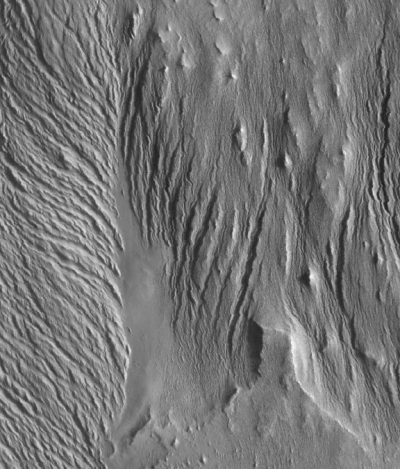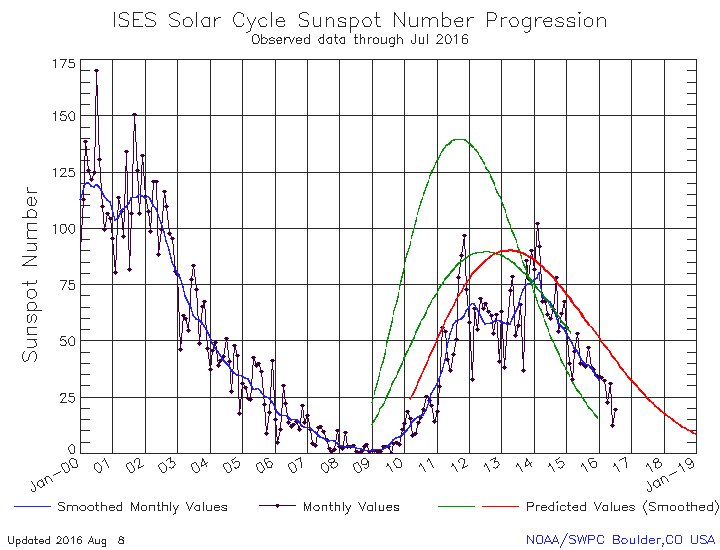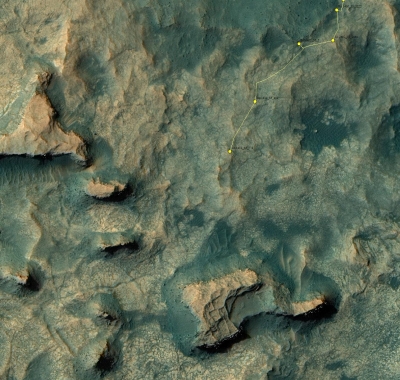I can’t stand it. I just can’t stand it. It keeps happening and I just can’t stand it.
Yesterday there was this absurd short news piece posted on the website of the so-called journal Science, “Apollo astronauts much more likely to die from heart disease”. describing a research paper published by one of Nature’s side journals, Scientific Reports. Before I even looked at the story I said to myself, “How can they possibly come to that conclusion considering the tiny number of humans who have ever traveled beyond Earth orbit? The sample will simply be too small to allow for any such finding.”
Then I looked at the article and found my instincts confirmed. As Steve Milloy noted on his very aptly named website, Junk Science,
Yes, the result is based on a total of three (3) cases of heart disease deaths of out seven (7) Apollo astronauts. Past the vanishingly small sample size and even smaller number of cases, heart disease is a natural disease of aging and the Apollo lunar astronauts were 10 years older than the other comparison groups.
To put it more bluntly, this was a garbage piece of very bad science. While it was somewhat embarrassing for a Nature journal to publish it, it was far more disgraceful for the journal Science to highlight it. I, however, don’t have to join these two peer-review journals and participate in their stupidity, and thus I made no mention of the story on Behind the Black, because it is my policy to not waste much time on bad science, unless I think that bad science is going to have bad repercussions.
Well the bad repercussions have arrived. Since yesterday, the following so-called news organizations have run with this story, without the slightest indication that they have faintest understanding of science, statistics, or plain common sense:
» Read more





